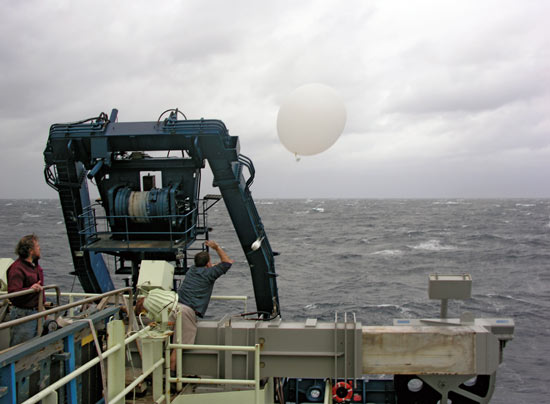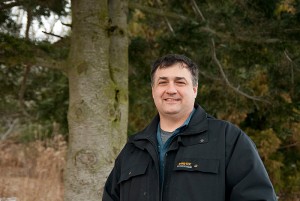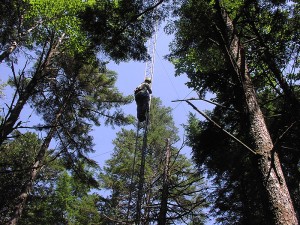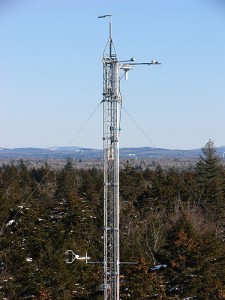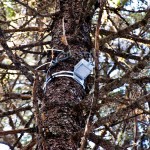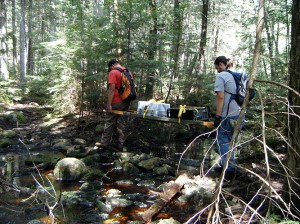University of Connecticut
School of Engineering
Department of Civil and Environmental Engineering
Environmental Engineering Program
Center for Environmental Sciences and Engineering
&
Atmospheric Sciences Group
Invite you to join us for the
ENVIRONMENTAL ENGINEERING SPRING 2015 COLLOQUIUM SERIES
Friday, January 30th, 2015 • 12:15 PM • CAST 212
“An Investigation of Climate Change Influences on the Track and Intensity of Hurricane Sandy”
By: Gary M. Lackmann
Professor, Department of Marine, Earth, and Atmospheric Sciences, North Carolina State University
Abstract: Hurricane Sandy was associated with historic societal impacts when it made landfall along the New Jersey shore in late October 2012. The event generated vigorous discussions as to whether the severity, or perhaps occurrence, of the event was tied to anthropogenic climate change. Two related questions are (i) whether the frequency of this type of event is altered by anthropogenic climate change, and (ii) if the synoptic weather pattern accompanying Hurricane Sandy had taken place in 100 years in the past, or 100 years in the future, how would the track, intensity, and impacts have differed? Here, we investigate question (ii) using a simplified approach that is designed to quantify the storm-scale changes
attributable to large-scale thermodynamic changes. I will discuss the numerical model experimental design, and the limitations and advantages of the approach. First, hypotheses are presented as to how and why we would expect climate change t o alter Sandy’s track and intensity . An ensemble of numerical model simulations, in conjunction with GCM-derived large-scale thermodynamic changes, is used to analyze changes between current, past, and future versions of Sandy. The impact of climate change on the synoptic steering features that dictated Sandy’s track is characterized by offsetting physical processes. Future warming and increased precipitation and condensational heating serves to strengthen the downstream ridge to the north of Sandy, contributing to stronger westward storm motion. However, weakening of an upper-level trough to the south of Sandy, also due to increased
condensational heating, has the opposite effect. Increased future upper-level westerly flow leads to more progressive upper-level synoptic features, favoring a more eastward track with warming. Numerical experiments are required to determine which effect, if any, dominates. Results indicate that climate warming to date had a limited effect on the observed Sandy, but that projected future warming would result in a significantly stronger storm with a more northward landfall location. Questions that remain for future research involve climate-change influences on Sandy’s genesis and early track evolution. Bio: Dr. Gary Lackmann is a professor of meteorology and the Director of Graduate Programs in the Department of Marine, Earth, and Atmospheric Sciences at NC State University. Gary is a native of Seattle, Washington, and has worked as a research meteorologist for government laboratories
(NOAA/PMEL, Seattle), the military (Naval Postgraduate School, Monterey), as a private sector consultant, and in academia. His primary research focus is on improving understanding and prediction of high-impact weather events, including hurricanes, severe thunderstorms, and winter storms. Gary has a long-standing interest in climate change issues, and especially the question of how climate change relates to the frequency and intensity of storms.
PDF: An Investigation of Climate Change Influences on the Track and Intensity of Hurricane Sandy

 Why should you be concerned about exposure to mold when severe wet weather has flooded buildings and things smell moldy???
Why should you be concerned about exposure to mold when severe wet weather has flooded buildings and things smell moldy???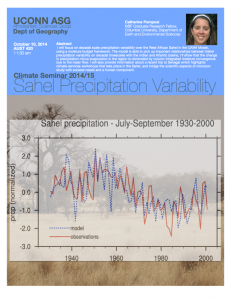
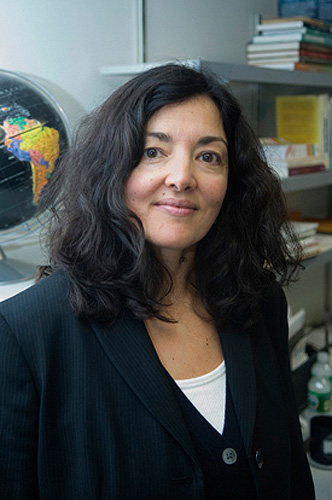 Monsoons & Climate
Monsoons & Climate